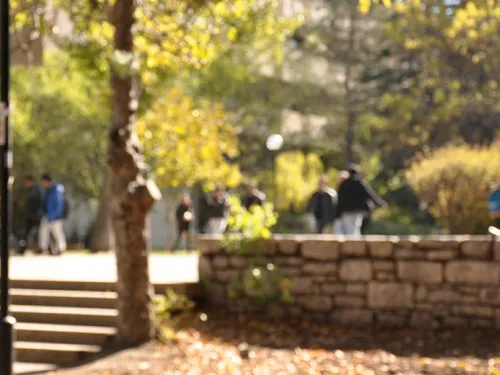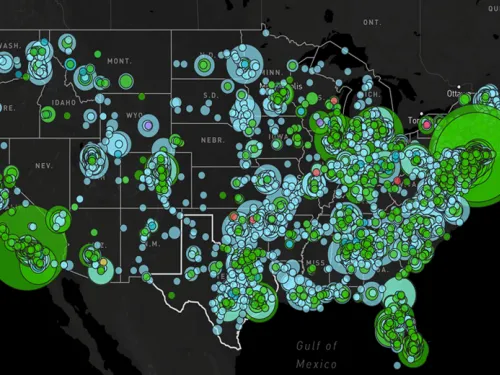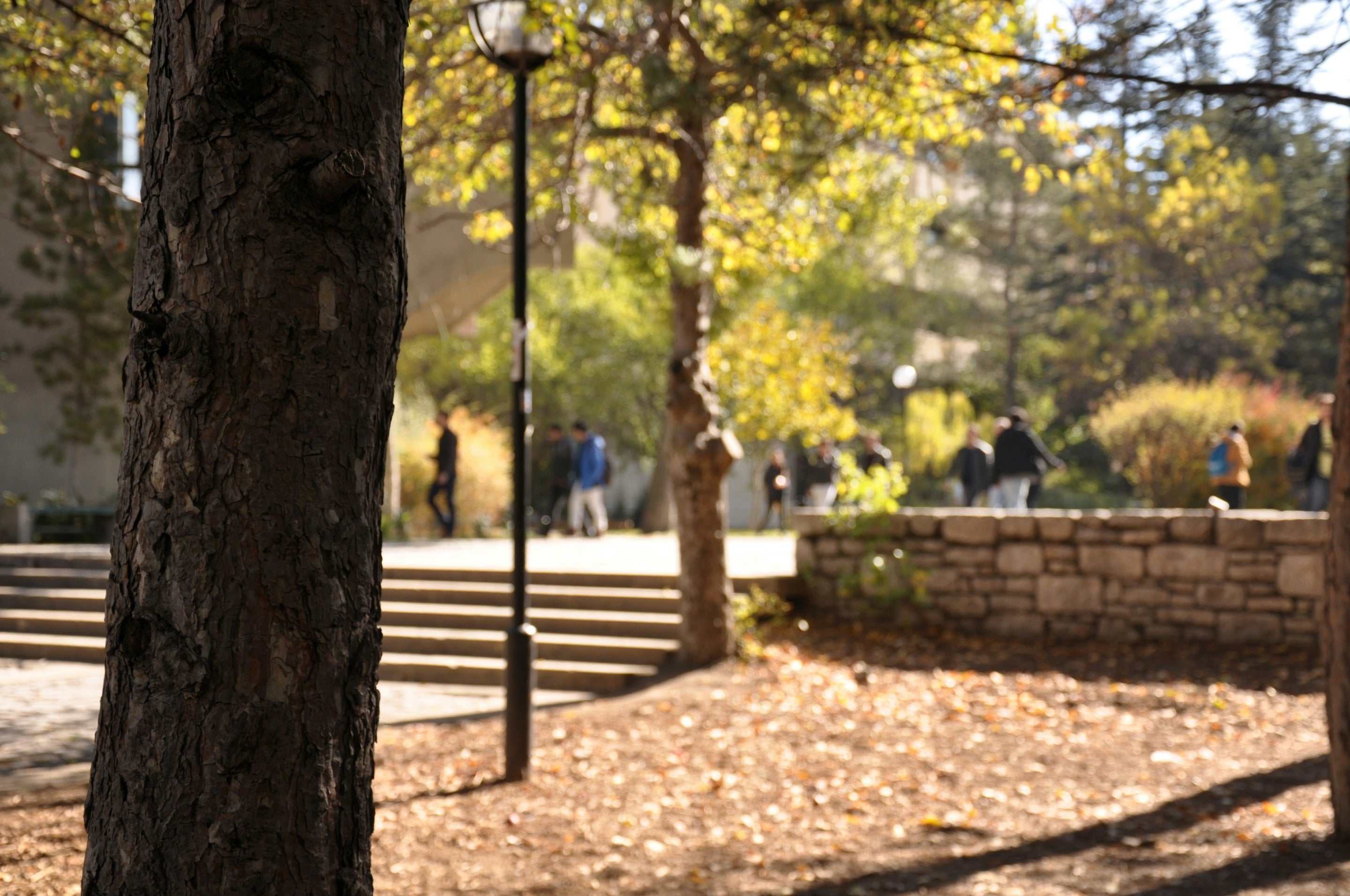As part of ADL’s efforts to gauge the overall campus climate for Jewish students in the year following the 10/7 terror attacks, researchers asked students a series of questions to isolate the relative importance of various factors that contribute to a welcoming and inclusive environment for Jewish students. The data gathered through this effort was used to inform this year’s approach to grading campuses as part of ADL’s Report Card. This survey, fielded by College Pulse in the Fall 2024 semester, received responses from 1,030 current Jewish college students and 1,140 current non-Jewish college students at 135 schools across the U.S. Jewish student responses were received from 128 of the 135 schools.
All Jewish students surveyed as part of this effort were asked a series of questions broadly measuring the following three things: 1) the relative importance students ascribe to various policies and procedures related to Jewish students; 2) the relative importance of various types of Jewish life on campus; and 3) how concerning the presence of anti-Zionist groups, anti-Zionist student government referenda and different types of antisemitic and anti-Zionist incidents on campus are to them as Jewish students. To determine the level of importance of each of these three categories, students were asked to indicate, on a five-point scale ranging from “not at all” to “extremely,” how important 1) policies and 2) Jewish life on campus, and how concerning 3) antisemitic and anti-Zionist incidents, are to them. To inform subcategory weightings for specific policies, examples of Jewish life on campus, and incident types, respondents were then asked to select all items that they consider to be most important or concerning to them personally as Jewish college students. Based in part on the relative frequency with which the items were selected as important or concerning, researchers assigned subcategory weightings for each. Items that were selected as important or concerning by higher numbers of students were assigned higher weightings within the relevant subcategories, and those selected less frequently were assigned lower weightings. In this way, gathering perspectives from Jewish students at schools across the country informed and contextualized the weightings ADL assigned.
Though this was a non-representative sample, the students surveyed represented a wide variety of colleges and universities – large and small, public and private, two-year and four-year – across all regions of the country. The diversity of the 135 schools from which students participated, as well as the demographic variation among students in the sample, helped ensure that a substantial breadth of Jewish student experience was captured as a part of this survey effort. Additionally, a far greater number of Jewish students were surveyed this year (1,030) than were surveyed during the development of the first iteration of the Campus Antisemitism Report Card. Roughly 61% and 39% of respondents were students at public and private universities, respectively.
Informed in part by student responses to the survey, ADL researchers then devised a weighting scheme to be included in the tool to determine each university’s overall “grade.” ADL’s panel of internal and external experts reviewed these ratings to ensure that weights comported with qualitative expectations.
Based on student responses to the level of importance of each of the three overall categories, both policies and antisemitic incidents were assigned a weight of 31.5% of the total score, with Jewish campus life assigned a weight of 27%. The remaining 10% came from a qualitative assessment. These are the same category weightings used in last year’s inaugural Report Card, reflecting the enduring importance of each of these overall categories to Jewish college students. Subcategory weights were similarly informed by the survey data, with the expert panel reviewing to ensure that these measures comport with general understandings of what is most critical to fostering a safe and welcoming campus climate for Jewish students.
As was the case then, the qualitative assessment delved specifically into the enforcement of college and university non-discrimination and other related policies. To ensure a rigorous qualitative assessment, the Report Card team re-reviewed primary and secondary research materials (including student qualitative responses to the campus climate survey) and consulted with ADL Regional staff to acquire perspectives from those on the ground. For the qualitative assessment, schools that had exceeded expectations were rewarded and schools that failed to meet expectations received downward adjustments to their overall grades. Each school’s qualitative score was subject to an intercoder reliability check, meaning agreement by at least three reviewers was required in order to assign a score.
Based on scores in the three substantive subcategories (which contained 30 sub-criteria) and the qualitative category, each school was assigned a final percentage grade ranging from 0-100%.
In addition to being informed by the data and easily replicable, this approach to grading has a variety of advantages. First, it allows for the consideration of meaningful administrative policies and procedures that have been fully or partially enacted, while also accounting for antisemitic incidents on campus and providing due credit to schools that have fostered robust Jewish communal life and culture on campus. At the same time as it provides a useful benchmark for comparison to other schools in the current sample, this grading strategy sets a baseline that schools can refer to year-over-year as they seek to improve their commitment to fighting campus antisemitism and creating a safe, welcoming, and equitable learning community for Jewish members of campus communities.
Incident Scoring
In accordance with both the importance that surveyed Jewish students ascribed to on-campus antisemitic incidents and the seriousness of such events, the grading criteria were arranged such that a substantial proportion of each institution’s overall grade was determined by the rate and severity of antisemitic incidents reported on each campus. To allow for differentiation based on relative severity, incidents were grouped into two categories of ‘severe’ and ‘other’, with separate weightings assigned for each category. View the full list of incident types counted and their classification.
Researchers exclusively used incident data that was officially recorded and identified as antisemitic by the ADL Center on Extremism (COE), the ADL Center responsible for tracking antisemitic incidents on college and university campuses throughout the U.S. Only the incidents occurring between April 1, 2024, and December 31, 2024 were recorded.
Per capita incident rates – both severe and other – were then calculated based on total student population for each school. Resulting incident rates reflected the numbers of serious and other antisemitic incidents per 100 students during the study period. Schools with no incidents received scores of 100% in the incident subcategories, while those with at least one incident were assigned grades on a scale depending on their place in the overall distribution of scores. The only exception applied when a school reported just one incident in each category, which was considered a one-off. In the few instances where this was the case, the school was assigned a 'low' incident rate, regardless of its size, to prevent small schools from being disproportionately penalized for isolated incidents.
Researchers divided incident rates into tertiles, with those in the lowest third of the distribution assigned a low incident rate, those in the second third assigned a medium rate, and those in the highest third assigned a high rate, avoiding arbitrary thresholds for what constitutes a low, medium, or high number of incidents.
This analysis combines objective data with certain subjective impressions and analyses of that data as well as our beliefs about how to weight different factors. Reasonable people may disagree with these decisions. We invite you to offer your perspective and points of view. While we strive to be accurate with our data points, please feel free to offer corrections or nuance at campus@adl.org.










